Mitsubishi has just launched the DST Concept, a completely new 7-seat SUV that is modern, large and full of character. But the remarkable point is not only the car, but also the way the company chose Vietnam as the place to introduce it first, in an event that almost did not reveal the configuration, price or specific commercialization roadmap. This raises the question: What is Mitsubishi planning with the DST Concept?
Not just a product launch, but a strategic survey
The DST Concept was not officially announced as a model for sale, but was introduced in a "teaser" style to the media. The car was brought to the event, the press, YouTubers, TikTokers filmed it up close, and shared strongly, but the company did not say anything about the time of sale or the specific price. It is easy to see that Mitsubishi is testing the market reaction, a new form of consumer behavior survey.
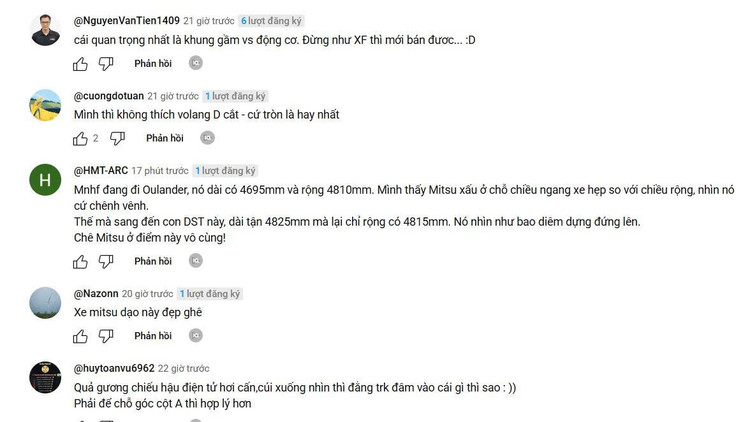
Every comment, share, or guess about price will become valuable data for the company to make the final decision: which version to sell, which equipment to cut, what to keep. This is a modern approach, similar to the way smartphone companies often apply: test reactions, measure data, then decide how to make a commercial product.
Why Vietnam? What is missing in Mitsubishi's urban 7-seat SUV lineup?

In recent years, Vietnam has become a bright spot in the Southeast Asian automotive industry. Users here are quick to respond, sensitive to information and especially active on social media platforms. Mitsubishi's choice of Vietnam as the place to launch the DST Concept is no coincidence, this is an ideal starting point for a campaign to create public opinion waves, before commercializing in major markets such as Thailand and Indonesia.

Mitsubishi has almost no 7-seat SUV models that compete clearly in the urban segment. The Outlander is old, while the Pajero Sport is more off-road and has a high price. The Xpander and Xforce have reached their growth limit. The DST Concept appears at the right time, as a strategic card to fill that gap and refresh the company's SUV lineup.

This model is developed with urban use in mind, likely using a monocoque chassis, modern design, and spacious three-row interior. The DST Concept has up to five driving modes, including Tarmac mode for high-speed asphalt, showing the potential for AWD. However, it is likely that the AWD version will only be a high-end media version, while the commercial version will be adjusted to suit the market and production costs.
Strategic “decoy” AWD version? Thailand is the final production point
If Mitsubishi follows the script, the fully equipped DST AWD version will create a media effect, positioning a high-end image. After that, the company will launch refined commercial versions, removing equipment that is not really necessary for ordinary users such as massage chairs, HUD, panoramic sunroof... instead, retaining essential elements such as 3-zone air conditioning, active safety system. That is the formula that made the success of Xpander and Xforce.
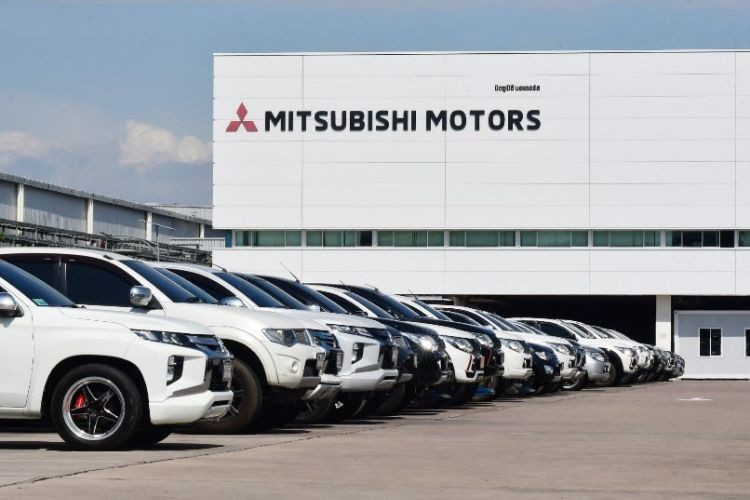
The Thai market, as Mitsubishi’s production and distribution hub in ASEAN, is likely to be the first place to commercialize DST. Vietnam will be the media hub, while Thailand will be the “final product packaging” location. After that, markets such as Vietnam, the Philippines, and Indonesia will be distributed according to local configuration.
Equally important, the DST Concept is not just a product, but also a statement from Mitsubishi that "the company has truly transformed". While Korean competitors such as Hyundai and Kia constantly change their models, Mitsubishi has been struggling in its comfort zone for the past few years. The DST Concept is the first sign that Mitsubishi is ready to renew its image, listen to the market and adapt to trends.

Modern Vietnamese customers demand more from a 7-seater car that is spacious, economical, easy to maintain, but also comfortable and modern enough to not feel “left behind” compared to Chinese models that are flooding the Southeast Asian market. If the DST Concept is priced in the range of 1 - 1.1 billion VND, it will likely become a formidable competitor in the segment.
Still a sign of the PHEV era?
It is not impossible that the DST Concept will have a Hybrid or Plug-in Hybrid (PHEV) configuration in the next stage. In the context of electrification being a global trend, Mitsubishi can completely replicate the success of the Outlander PHEV in Europe with a DST PHEV version in Asia. If the car achieves a mixed operating range of about 1,300-1,400 km as some Chinese models are promoting, this will be a big boost in terms of technology and recognition.

The DST Concept is not simply a new 7-seat SUV. It is a signal that Mitsubishi is changing the way it makes products: from market approach, branding to testing media reactions. And if this strategy is successful, the DST can be the foundation to open a new global car line that is both practical, technological, and suitable for Vietnamese tastes, something that Mitsubishi has done very well.
Source: https://khoahocdoisong.vn/mitsubishi-dst-concept-ra-mat-don-tham-do-hay-choi-that-post1546283.html









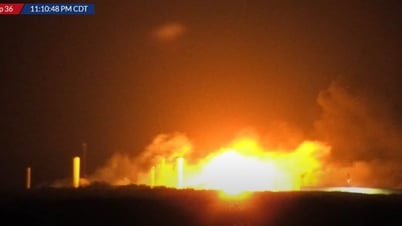

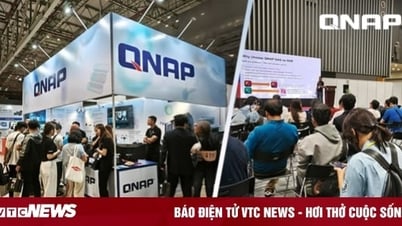

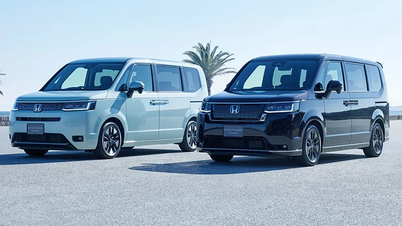

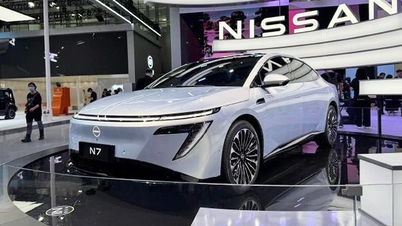




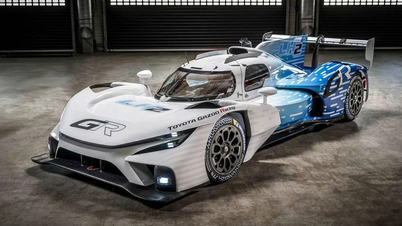

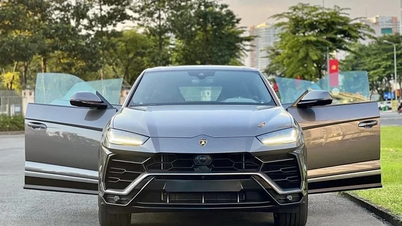


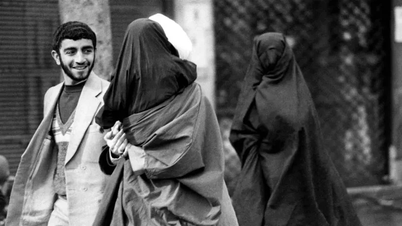




























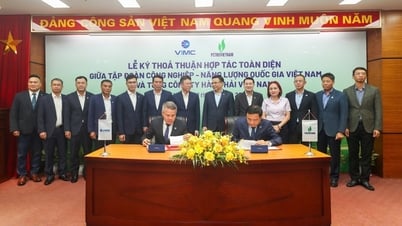


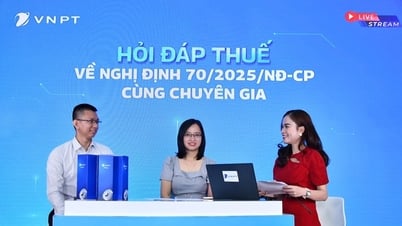









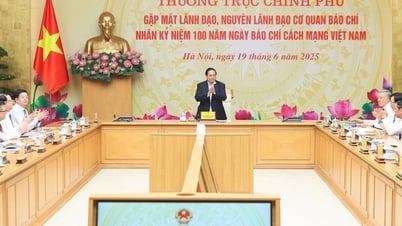

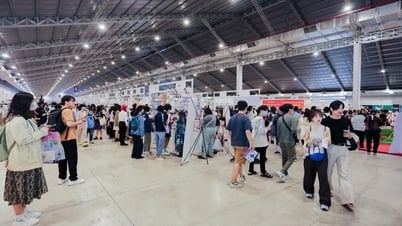

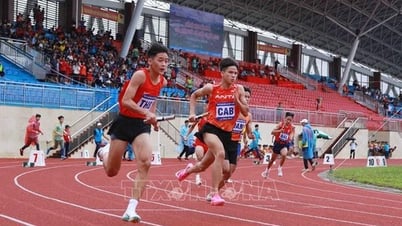


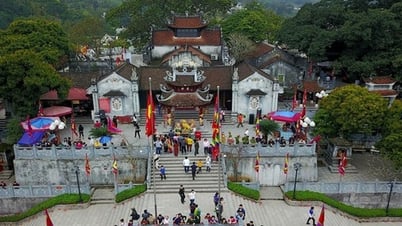
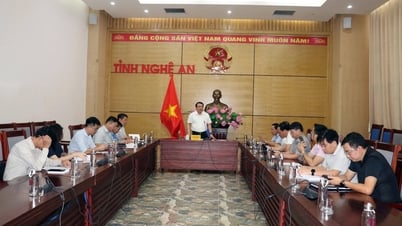






















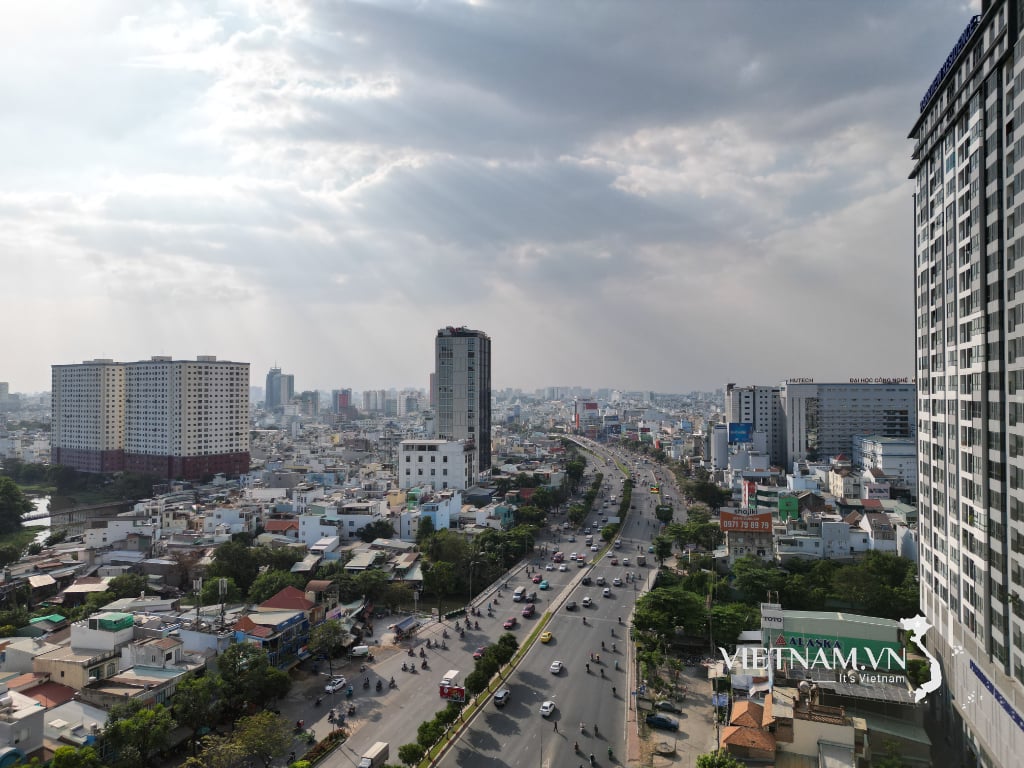

Comment (0)